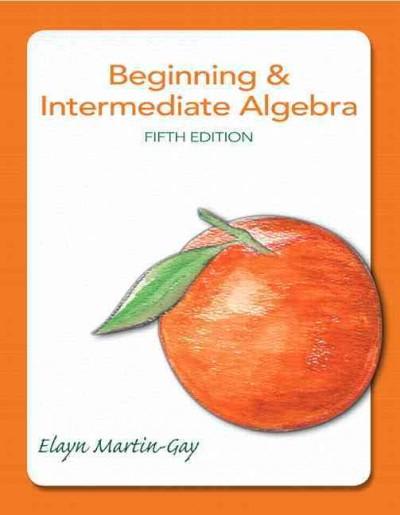
hi pls help me with this. i cant get it. reference: see attached photos after the 1st pic. use the reference as guide for answering. thanks
The extracurricular activities participated by members of Mathematics Club at San Andres National High School - Cabadiangan Annex are shown in the Venn diagram below. Athletics 22 17 14 Band 18 13 12 10 QUARTER 3: MODULE 8 Finding the Probability of Union of Two or More Events Extra- curricular activities participated by Math Club members How many members are in Mathematics club? 2. How many members participate in athletics? 3. How many members participate in band? 4. How many members participate in choir? 5. If a member is randomly chosen, what is the probability that a member participates in athletics or band? 6. If a member is randomly chosen, what is the probability that a member participates in athletics or choir? 7. If a member is randomly chosen, what is the probability that a member participates in band or choir? 8. If a member is randomly chosen, what is the probability that a member participates only in athletics and band? 9. If a member is randomly chosen, what is the probability that a member participates only in athletics and choir? 10. If a member is randomly chosen, what is the probability that a member participates only in band and choir? 11. How many members participate in all activities? 12. If a member is randomly chosen, what is the probability that a member participates in all activities? 13. How many members participate in any activities? 14. If a member is randomly chosen, what is the probability that a member participates in any activities? 15. How many members did not participate in any activities? Reflect: a. How were you able to find the total number of members in the Mathematics club? b. How does the concept of set help you in finding the intersection and union of two or more events? c. What are some notations that are used in your study of sets in grade 7 that you can still recall? Do you think these are needed in the study of probability of compound events?Lesson Probability of Union 1 of Two or More Events To start this module, you really need to recall the different mathematics concepts related to sets, probability of simple events, as well as using Venn diagram in illustrating the concepts of intersection and union of events you previously studied. Your knowledge and skills on it are important in finding the probability of a union of events. As you go through this lesson, think of this question, Why do you think is the study of probability important in making decisions in real life? What's In Activity 1: Remember Me Consider the situation below. Use your knowledge on probability in answering the questions that follow. The Venn diagram below shows the probabilities of grade 10 students of San Andres NHS - Cabadiangan Annex joining either basketball (B) or volleyball (V) during district triangular meet 2019. B 0.3 0.2 0.4 0.1 Use the Venn diagram to find the probabilities. a. P (B) b. P(V) C. P(B ~ V) d. P(B U V) e . P(B'n V )WHAT IS IT Activity 2: A chance to Further Understand the Probability of a Union of Two or More Events 1 . What is a Venn diagram? Venn diagram - A diagram that uses circles to represent sets, in which the relations between the sets are indicated by the arrangement of the circles. A AnB AnB C BOC BAC Venn diagram showing the two events. Venn diagram showing more events. 2. Differentiate intersection of events from union of events. Intersection of Events is a set that contains all of the elements that are in both events. The intersection of events A and B is written as An B. w 10 QUARTER 3: MODULE 8 Finding the Probability of Union of Two or More Events While Union of Events is a set that contains all of the elements that are in at least one of the two events. The union is written as A U B. 3. Suppose there are three events A, B, and C. List all the probabilities you would need to consider in order to find P(A or B), P(A or C), P(B or C). and calculate the P(A or B or C). Then write the formula you would use to calculate the probability. The probabilities needed: P(A), P(B), P(C). P(A n B). P(An C), P(B C), P(An Bn C) The formula: P(AUBUC) = P(A) + P(B) + P(C) -P(AnB)-P(AnC)- P(BC) + 2P(An BnC)Complement of an Event The complement of an event is the set of all outcomes that are NOT in the event. This means that if the probability of an event, A, is P(A), then the probability that the event would not occur (also called the complementary event) is 1 - P(A), denoted by P(A' ). Thus, P(A' ) = 1 - P(A). So the complement of an event E is the set of all the outcomes which are not in E. And together the event and its complement make all possible outcomes. Consider item e on this page. P( B' n V' ) can be determined by finding the part of the diagram where everything outside of B overlaps with everything outside of V. It is the 2











